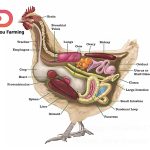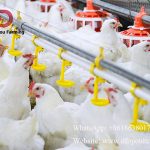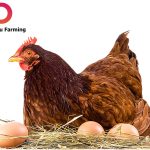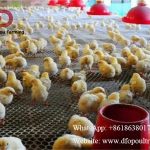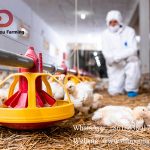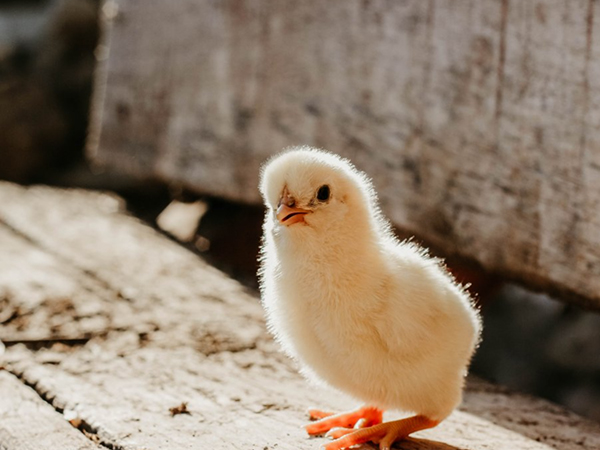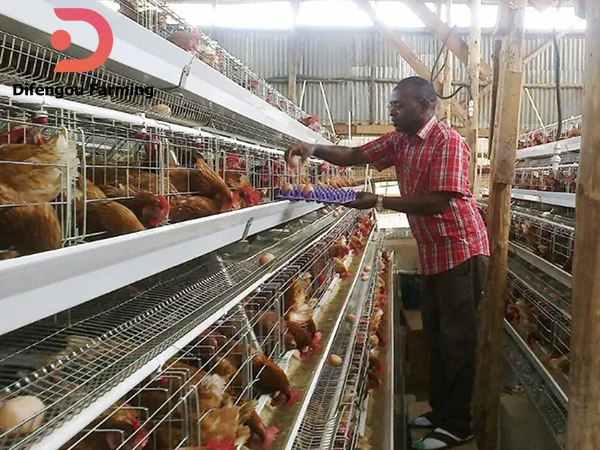Natural Mating of Chickens and Artificial Insemination of Chickens
Natural Mating of Chickens
(I) Ratio of Males to Females and Years of Use for Breeding
In a flock of chickens that mate naturally, a higher fertilization rate can only be achieved if the ratio of males to females is well managed. If there are too many hens and too few roosters in the breeding flock, each rooster will have too large a mating task, which will affect the quality of the semen, and some hens may not be mated by the rooster, resulting in a low fertilization rate. On the contrary, if there are too many roosters, there will be competition for mating, fights between roosters, hens being trampled on, and interference with mating, which will also reduce the fertilization rate of the eggs. The appropriate ratio of males to females is: light chickens 1:12~1:15; medium chickens 1:10~1:12; heavy chickens 1:8~1:10. The age of roosters and hens both affect the reproduction rate. Only when the roosters and hens are in the same state of sexual activity can a higher level of fertilization rate be achieved. If the egg production rate of the hens is very low, the fertilization rate will not be high either. The egg production of hens decreases with age. The egg production in the first year of laying is the highest, the second year is 15%~25% lower than the first year, and the third year of laying is another 15%~20% lower. Therefore, the years of use for breeding chickens are generally 1~2 years, and excellent hens in the breeding farm can be used for 2~3 years.
(II) Methods of Natural Mating
1. Large Group Mating:
A certain proportion of roosters are introduced into a certain number of hens, allowing each rooster and each hen the opportunity to mate freely. This method of mating has a high fertilization rate, but it is not possible to accurately know the parents of the chicks, and it is generally only used for breeding chicken farms. The size of the breeding flock can be controlled between 100~1000 depending on the specific situation.
2. Small Group Mating:
Also known as small space mating, that is, a rooster is introduced into a small group of hens. Small group mating requires the configuration of a self-closing egg box, both roosters and hens need to be equipped with foot numbers or shoulder numbers, and the eggs need to be marked in order to clearly identify the parents of the offspring. Small group mating, due to the mating behavior and habits of roosters and hens, results in a lower fertilization rate of eggs than large group mating. Small group mating is generally used in breeding farms.
3. Assisted Mating:
Roosters are raised in separate chicken coops or mating cages, and hens are still kept in groups. During mating, three or four hens are put into the rooster coop or rooster cage for mating. After mating, the hens are removed and returned to the original flock, and another batch of hens are mated with the rooster. In order to ensure a good fertilization rate, each hen must mate with the rooster at least once a week. This method of mating can make full use of particularly excellent roosters, greatly increasing the number of hens mated with large or small groups, but because it requires manual control, it requires more manpower.
4. Rotational Mating:
When carrying out lineage breeding, in order to make full use of the mating space, obtain more mating combinations or paternal lineages, and facilitate the identification of the offspring of the mating rooster, the method of same female different male rotational mating is often used. For example, when the same female different male rotates once, after the start of mating, the first breeding rooster is put into a mating space (generally 15 hens are mated with 1 rooster) and eggs are collected from the fifth day (as the offspring of the first rooster). On the 12th day, the first breeding rooster is removed, and the eggs are still its offspring. From the 18th day, the second breeding rooster is put in, and the collection of eggs is stopped. Eggs are collected from the 24th day as the offspring of the second rooster. On the 30th day, the second breeding rooster is removed, and eggs are still collected. On the 37th day, the third breeding rooster is put in, and the collection of eggs is stopped. In this way, the same group of hens can obtain the offspring of multiple breeding roosters separately. Because the hens mated with are the same, through offspring identification, the relative merits of multiple breeding roosters can be identified, or the lineage of multiple roosters with the same mother can be obtained.
IV. Artificial Insemination of Chickens
The application of artificial insemination technology not only solves the mating problem of caged breeding chickens, but also reduces the number of roosters raised (1 rooster can mate with 30~50 hens), saves feed, improves the progress of breeding work, and reduces the spread of diseases. At the same time, it can overcome the mating obstacles between roosters and hens, such as incomplete natural mating due to a significant difference in body weight between roosters and hens; excellent breeding roosters with leg injuries or other injuries that cannot perform natural mating, etc. In addition, due to the use of frozen semen, mating is not limited by the life of the breeding rooster, and it is also conducive to the exchange of excellent varieties or lineage breeding rooster semen between international or domestic regions.
(I) Preparation Before Semen Collection
1. Preparation of Artificial Insemination Tools:
The main tools for artificial insemination include semen collection cups, small test tubes, semen injection guns (or rubber head droppers), scissors, degreased cotton, thermos cups, pressure cookers, microscopes, etc. All tools should be fully prepared and cleaned and disinfected for later use.
2. Selection of Roosters:
After multiple selections during the growth period, roosters should be selected for the last time within 2~3 weeks before mating. This selection should pay special attention to choosing roosters that are healthy, meet the weight standard, have good development, have a soft abdomen, have anal eversion and erection of the copulatory organ during massage, and other sexual reflexes, and combine with semen collection training to check the quality of semen.
3. Isolation and Training:
Roosters are transferred to single cage feeding 3~4 weeks before mating, which is convenient for familiarizing with the environment and management personnel. Start training for semen collection 2~3 weeks before mating, once a day or every other day. Once the training is successful, semen collection should be persisted every other day. After 3~4 training sessions, most roosters can collect semen, but some roosters still cannot establish a conditioned reflex after multiple training sessions. Such roosters should strengthen feeding management and continue training if they have not reached sexual maturity, otherwise they should be eliminated. Before the rooster starts training, the feathers around the cloaca should be cut off about 1 cm; on the day of semen collection, the rooster should fast for 3~4 hours before semen collection to prevent feces and urine from contaminating the semen.
4. Precautions During Semen Collection:
Semen collection tools should be cleaned and sterilized at high temperature, and roosters should stop drinking water for about 2 hours and stop feeding for about 3 hours before semen collection. Keep the semen collection environment clean and quiet. Do not treat the rooster roughly to prevent the rooster from being injured. The force should be moderate when massaging and squeezing the cloaca. Roosters with diseases should be isolated for treatment or eliminated in time. If the rooster defecates during semen collection, the feces should be wiped clean with a cotton ball, and any semen that has been contaminated should not be used for insemination.
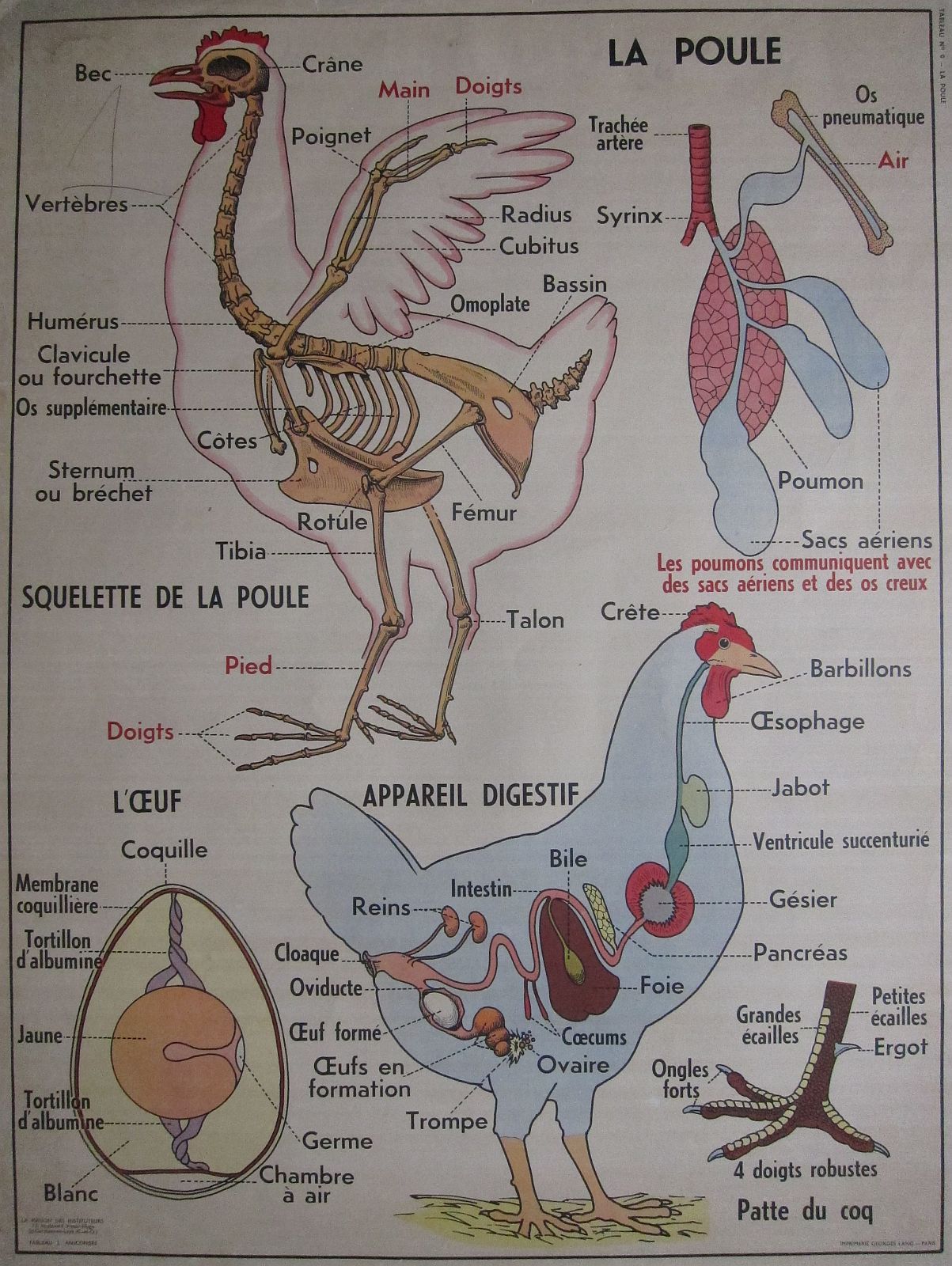
(II) Semen Collection Methods
1.Two-Person Semen Collection Method:
One person holds the rooster’s legs with both hands, pressing the thumb against several primary wing feathers. This positions the rooster with its tail forward and head backward, laid flat on the right side. The semen collector uses the right hand, with the thumb and ring finger holding the semen collection cup against the palm (alternatively, the cup can be held between the middle and ring fingers with the cup’s opening facing outward). The right thumb and index finger are extended in a claw-like shape, touching the soft abdomen of the rooster’s rear. The left hand is extended, with all fingers, except the thumb, held together, and the palm placed on the back of the chicken, massaging it backward. When the hand reaches the base of the tail, slight pressure is applied. After continuous massaging for 3-5 times, when the rooster exhibits the tail pressure reflex, the left hand quickly presses the tail feathers towards its back. The thumb and index finger separate, gripping on both sides of the cloaca. Simultaneously, the right hand, in a claw shape, is pressed tightly against the lower edge of the cloaca’s ventral side, gently shaking and touching. When the rooster extends its copulatory organ, the left thumb and index finger exert appropriate pressure, causing the semen to flow out. The semen collector places the mouth of the collection cup under the lower edge of the cloaca to receive the semen.
2. Single-Person Semen Collection Method:
The semen collector sits on a stool about 35 cm high, with the left leg placed over the right. The rooster’s legs are clamped between the collector’s legs, positioning its head to the left and tail to the right. The right hand holds the semen collection cup against the soft abdomen of the rooster’s rear, and the left hand massages from the back to the tail 3-5 times to turn the tail, squeeze the anus, and collect the semen.
3.Semen Collection Frequency:
The semen volume and sperm density in roosters usually decrease with an increase in the number of ejaculations. Excessive semen collection not only significantly reduces semen volume and sperm density but also increases the number of abnormal sperm. Therefore, to ensure the acquisition of high-quality semen and the smooth completion of the entire breeding period’s mating tasks, it is essential to control semen collection frequency. Typically, semen is collected once every 1 day or every 2 days of rest. The semen volume per rooster’s ejaculation is 0.2~1.0 milliliters.
(III) Semen Dilution and Preservation
Chickens have a small volume of semen with high concentration, and dilution increases the semen’s volume, facilitating artificial insemination and increasing the number of inseminated hens. Some dilution solutions also provide energy to the sperm, ensuring the osmotic and ionic balance of sperm cells and extending their survival time outside the body. If the collected semen is to be used immediately without storage or transportation, simple dilution solutions such as physiological saline, 5%7% glucose solution, and phosphate buffer solution can be used. The typical dilution ratio is 1:11:2, meaning adding 1~2 milliliters of dilution solution to every milliliter of semen. During dilution, the dilution solution should be slowly added to the semen and gently shaken, ensuring that the temperatures of the semen and dilution solution are the same.
There are three methods for semen preservation:
1. Room temperature preservation, low-temperature preservation, and freezing preservation. Room temperature preservation involves diluting the collected semen with a sugar-containing dilution solution at a certain ratio and storing it in a closed environment at 1020°C. This method can preserve semen for 35 hours.
2. Low-temperature preservation involves placing the diluted semen in a semen storage tube with cotton on the periphery, sealing the tube tightly, and storing it in an environment at 3~5°C, preserving semen for up to 24 hours.
3.Freezing preservation involves adding antifreeze to the diluted semen, balancing and freezing it, and then storing it in liquid nitrogen. The effectiveness of freezing preservation of poultry semen is generally unstable, with the fertilization rate of eggs often being low.
Figure 2-4 Chicken Cloaca
Oviduct Opening 2. Ureter Opening 3. Rectum Opening 4. Coprodaeum”
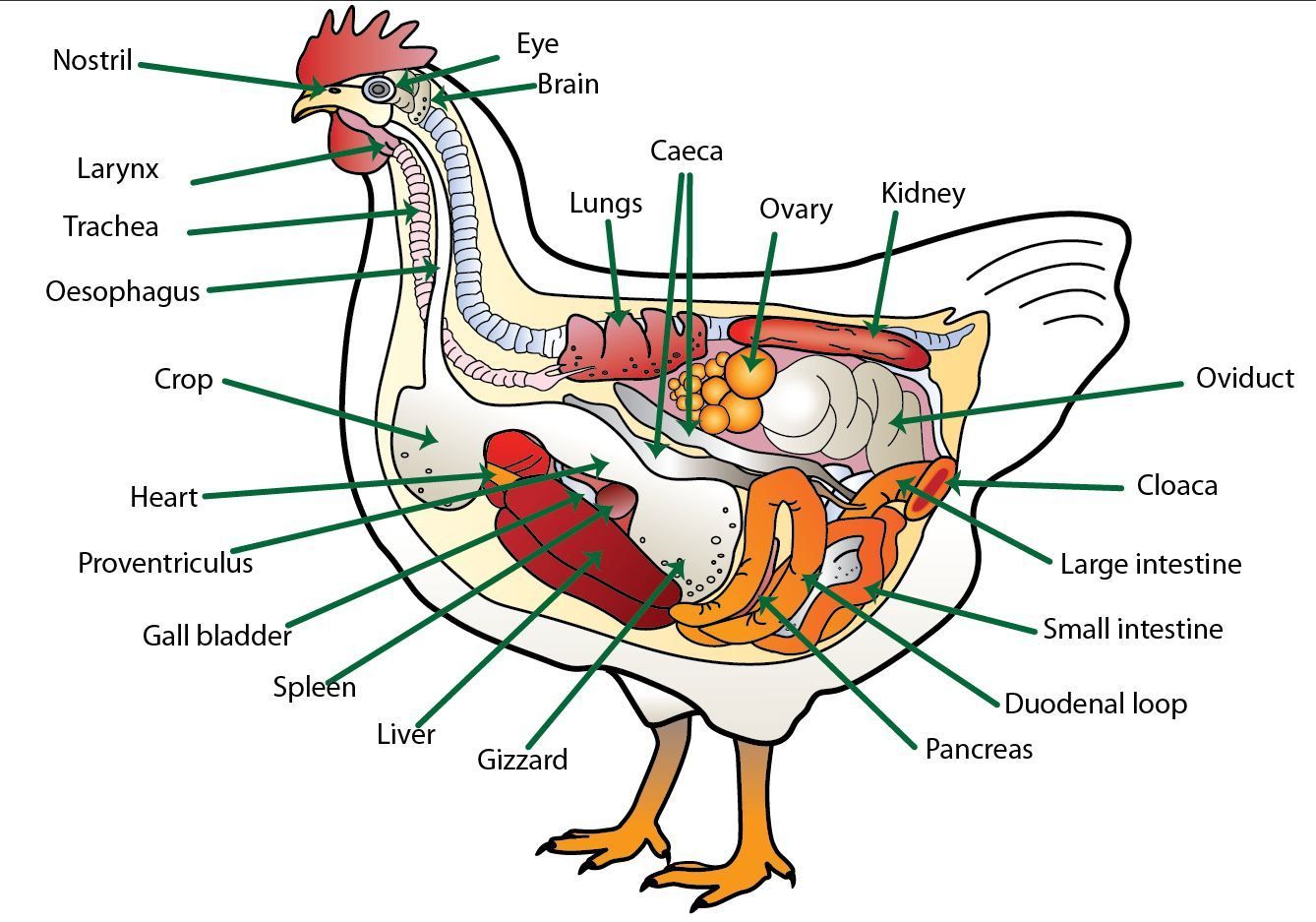
(IV) Insemination
1. Insemination Operation:
The most common method of insemination in chickens is the cloacal eversion method. During insemination, two people operate. The assistant holds the root of the chicken’s wings with his left hand and lifts its tail. The right palm is attached to the back of the chicken’s abdomen, the thumb is on the left side of the cloaca, and the other four fingers are on the right side of the cloaca, slightly applying pressure to evert the chicken’s cloaca. The slightly raised part on the upper left of the cloaca is the vaginal opening of the oviduct (Figure 2-4). The inseminator inserts a rubber-headed dropper or other inseminator that has sucked semen into the chicken’s vagina about 2~3 cm, squeezes or outputs semen, and pulls out the inseminator. At the same time, the assistant’s right hand relaxes the pressure on the chicken’s abdomen. If an insemination gun is used for insemination, after setting the insemination dose, each time can continuously inseminate 15~20 hens, which improves the efficiency of insemination, and the insemination dose is also very accurate. For caged hens artificially inseminated, it is not necessary to take the hens out of the cage. The assistant only needs to hold the chicken’s legs with his left hand, slightly lift it, lean the chicken’s chest at the cage door, and apply pressure to the abdomen with his right hand to expose the opening of the oviduct, and the inseminator can inject semen.
2. Precautions During Insemination Operation:
Because the opening of the hen’s oviduct is on the upper left side of the cloaca, during the insemination process, when applying pressure to the hen’s abdomen, one must focus on the left side of the abdomen, otherwise it is easy to cause the hen to defecate (because the right side of the cloaca is the rectal opening). Regardless of the type of inseminator used, it must be aimed at the center of the oviduct and inserted gently, and avoid inserting the inseminator obliquely into the oviduct. The assistant and the inseminator should cooperate closely. When the inseminator is inserted, the assistant should immediately relieve the pressure on the hen’s abdomen. During the insemination process, it is necessary to prevent leakage and pick out sick chickens in time. For disposable inseminators, one set should be changed for each hen, and for dropper-type inseminators, a disinfectant cotton ball should be wiped once for each hen inseminated.
3. Time and Amount of Insemination:
Within one day, using the same dose of semen at different times for insemination, the fertilization rate has obvious differences. The ideal insemination time should be chosen after most hens lay eggs on the day, that is, after 2 pm in the afternoon. The amount of insemination and the number of inseminations each time depend on the quality of the semen and the length of continuous fertilization time. It has been proven that the amount of insemination each time is about 0.025 ml of original semen (containing 0.5 billion to 1 billion sperm), and the insemination interval is 5~6 days. If diluted or preserved semen is used for insemination, the insemination volume should be adjusted according to the dilution multiple and preservation results. The first insemination to the hen should input twice the dose or each hen should be inseminated for 2 consecutive days to ensure the number of sperm needed for fertilization and improve the fertilization rate.

